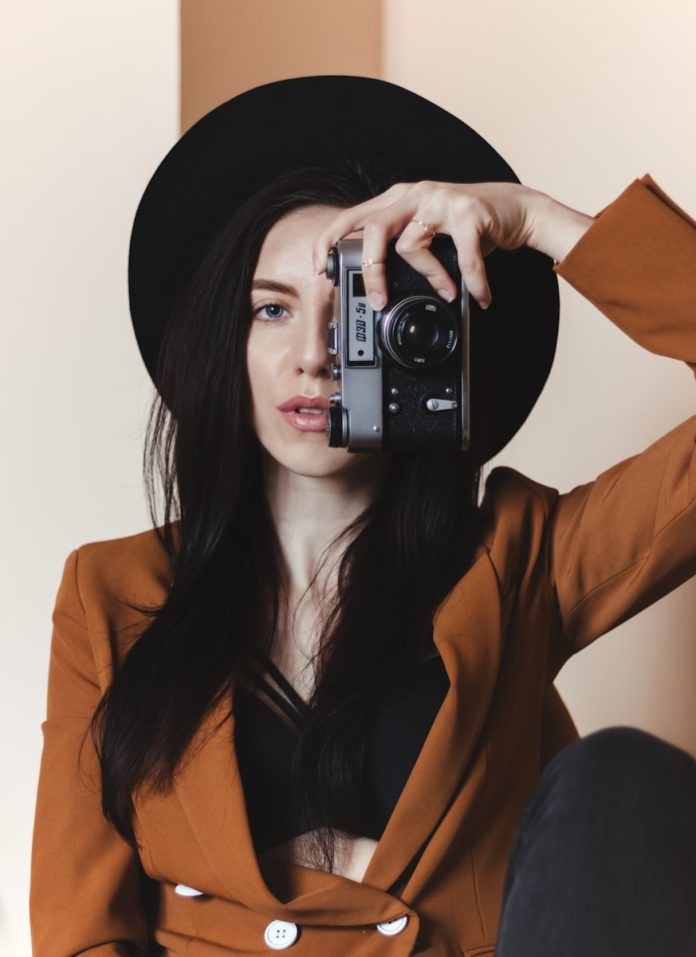Fashion editorials are one of the most exciting and creative aspects of the fashion industry. These highly stylized photo shoots aim to showcase the latest trends, tell a story, and convey an emotion through the art of fashion photography. Whether featured in magazines, online platforms, or as part of a designer’s lookbook, a successful fashion editorial goes beyond just displaying clothes—it’s about capturing the essence of a concept and bringing it to life through composition, styling, and mood. The process may seem glamorous, but creating a stunning fashion editorial involves meticulous planning, a sharp creative vision, and an understanding of both fashion and photography. If you want to produce a truly eye-catching editorial, there are key elements you must keep in mind. In this essay, we’ll explore essential tips for creating breathtaking fashion editorials that stand out and leave a lasting impact.
- Start with a Strong Concept
Every great fashion editorial begins with a solid concept. A concept serves as the foundation upon which all other elements will be built. Without a clear theme or idea, an editorial can easily become disjointed or lack focus. The concept could be inspired by a season, a historical period, a cultural reference, or even a feeling or emotion that you want to evoke.
For example, a winter editorial might explore the elegance of layering, using fur coats, scarves, and boots, while a spring shoot could embrace the lightness of airy fabrics and pastel colors. The concept could also extend to the mood—whether it’s dark and moody, playful and whimsical, or bold and daring. Creating a mood board is an excellent way to translate your concept into visual form, helping you and your team align on the overall vision.
Once you have a clear concept in mind, think about the narrative you want to tell. Are you aiming for a high-fashion fantasy, or a more accessible, everyday style? Your concept should inspire everything from the choice of clothing to the location and even the type of model you select. The more focused your concept, the more cohesive and impactful the editorial will be.
- Collaborate with the Right Team
A fashion editorial is never a solo project. Collaboration is key to achieving a polished, high-quality result. The creative team you assemble will play an essential role in bringing your vision to life. This team typically includes a photographer, fashion stylist, makeup artist, hair stylist, model, and sometimes even set designers or lighting specialists. Each person brings their expertise to the table, and their collective contribution is what transforms your ideas into reality.
When selecting your team, choose individuals who understand and share your vision. A photographer with experience in editorial work will know how to capture the mood you want, while a stylist will be able to select garments that align with the concept. The makeup and hair stylists should enhance the overall aesthetic with looks that complement the clothing and setting. Ensure that everyone is on the same page regarding the direction of the shoot, as this will help keep the production smooth and aligned with the concept.
Additionally, make sure the model(s) chosen are suited to the editorial’s aesthetic. The right model can elevate the narrative, whether you’re going for a minimalist look or something more avant-garde. The model’s expressions, poses, and movements will bring the editorial to life, so it’s crucial to select someone whose look and presence fit the story you want to tell.
- Pay Attention to Lighting
Lighting is one of the most important aspects of a fashion editorial. It sets the tone, enhances the mood, and can completely change the way a garment looks. The lighting you choose will depend on the style of the shoot and the atmosphere you wish to create. High-fashion editorials often use dramatic lighting to create sharp contrasts and bold shadows, emphasizing the structure of the clothing. On the other hand, softer, diffused lighting is perfect for creating a more romantic or ethereal look.
Natural light is an excellent option if you want to create a soft, glowing effect. It’s ideal for outdoor shoots, especially during golden hour, which offers a warm, flattering glow. However, for more controlled environments, such as studio shoots, using artificial lighting will give you the flexibility to create the exact mood you want. This may include using strobes, softboxes, and reflectors to manipulate the light and achieve the perfect balance between highlight and shadow.
Experimenting with light and shadow can add depth to the photos and make the garments look more dynamic. Remember, the way light interacts with the fabric, textures, and shapes of the clothing will either enhance or detract from the garment’s appeal, so be strategic about how you use it.
- Focus on Styling and Wardrobe
Styling is where fashion editorials shine. It’s not just about selecting fashionable pieces; it’s about curating an outfit that reflects the editorial’s concept, complements the model’s physique, and tells a compelling visual story. Every detail, from the clothing to the accessories, contributes to the overall aesthetic.
Work closely with the fashion stylist to carefully choose clothing and accessories that fit the vision. Depending on the concept, you may want to choose items from specific designers or collections, or you might opt for a mix of high-fashion and streetwear brands. The clothes should not only match the overall theme but also create visual interest through color, texture, and silhouette.
Accessorizing can also be an essential part of styling. Statement jewelry, shoes, and handbags can add a layer of sophistication or drama to an outfit. Don’t forget the importance of layering—multiple pieces can add depth and complexity to a look, making it stand out. Additionally, ensure that the garments fit the model perfectly, as ill-fitting clothes can detract from the overall look.
Another critical aspect of styling is hair and makeup. These elements should complement the overall vision of the shoot. For example, sleek, polished hairstyles and bold, graphic makeup work well for high-fashion editorials, while natural, dewy makeup and soft waves are ideal for a romantic or bohemian look. Keep in mind that hair and makeup should not overshadow the clothes but rather enhance them.
- Select the Right Location
The location of a fashion editorial shoot can dramatically impact the mood and storytelling of the photos. Whether you’re shooting in a studio, on location in an urban setting, or in a nature-filled landscape, the environment should work with the clothes, model, and overall concept. The right backdrop can elevate the entire editorial, making it feel fresh and authentic.
Studio shoots are great for controlled environments, where lighting and the set can be manipulated to fit the aesthetic. However, shooting on location can add an additional layer of visual interest. An industrial setting, for example, could add a gritty edge to a high-fashion editorial, while a serene outdoor setting could complement a more relaxed, natural look.
When selecting a location, think about how it complements the clothing. A busy, urban environment might work well with bold, structured fashion pieces, while a soft, flowing dress might look better against a tranquil, nature-based background. Be mindful of elements that could distract from the focus, such as bright signage, busy streets, or cluttered environments. The location should serve as a backdrop, not take attention away from the fashion.
- Edit Your Photos Thoughtfully
After the photoshoot is complete, the editing process is where the magic happens. While it’s important to get the right shots during the shoot, post-production is crucial in creating the polished, professional look that fashion editorials are known for. When editing, aim to enhance the mood and tone of the shoot without overdoing it.
Start with basic adjustments such as exposure, contrast, and color balance. Consider whether the photos need to be warmer or cooler in tone, and make sure the colors of the clothing are accurately represented. Pay attention to details like skin tone, shadow details, and highlighting the textures of the garments. Editing should refine the images, but it’s important not to alter the clothing too much—people should still be able to recognize the fabric, cuts, and patterns.
In addition to technical edits, fashion editorials often involve creative manipulation, such as adding textures, creating vignettes, or using digital tools to alter the background. These edits should be consistent with the vision and style you want to achieve, ensuring that the final product is cohesive and striking.



